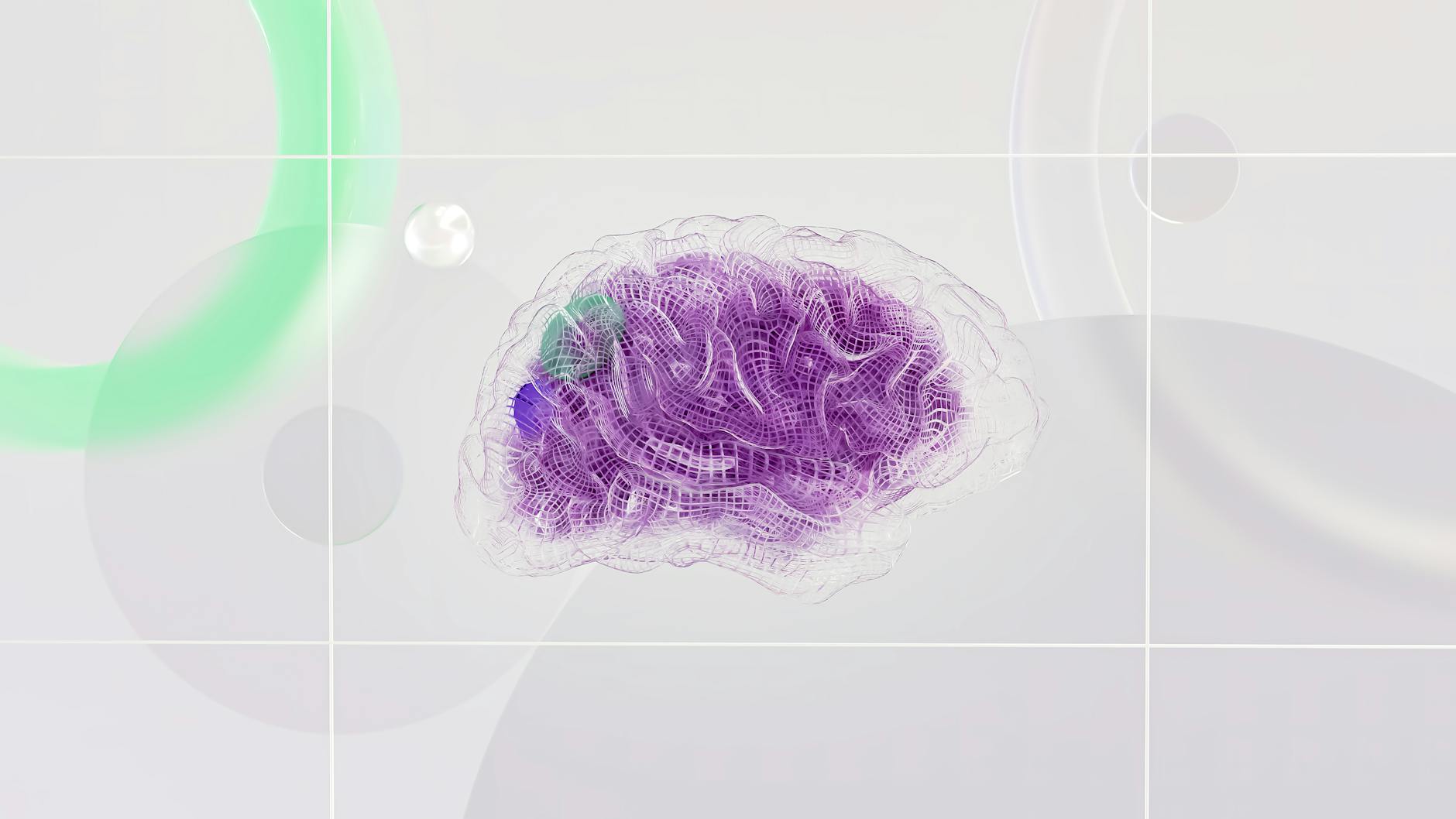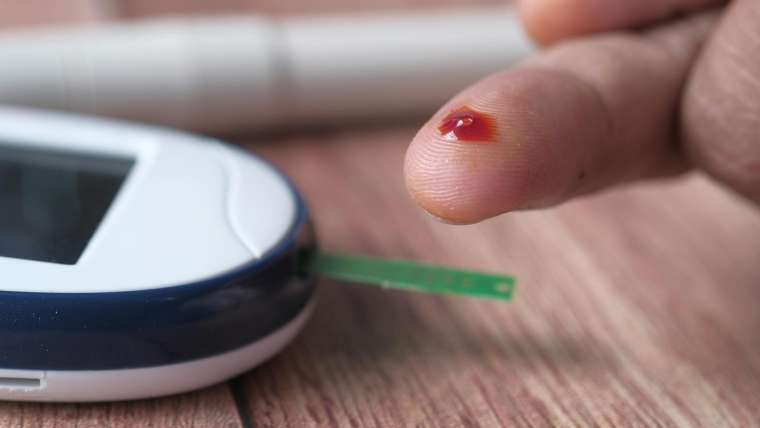Discover the secrets behind Parkinson’s disease and explore the latest breakthroughs in treatments that could change the lives of millions.
Table of Contents
Welcome to our comprehensive guide on Parkinson’s disease. In this article, we’ll delve into the intricacies of this neurological condition, exploring its causes, symptoms, diagnosis, and treatment options. Whether you’re seeking information for yourself or a loved one, we hope to provide valuable insights that can help you navigate the complexities of Parkinson’s disease with confidence.
Parkinson’s Disease: What Is It?
Parkinson’s disease is a chronic and progressive neurological disorder that primarily affects movement. It is characterized by the death of dopamine-producing neurons in the brain, leading to a deficit of dopamine, a neurotransmitter responsible for coordinating smooth and controlled muscle movements.
Individuals with Parkinson’s disease often experience tremors, rigidity, bradykinesia (slowed movement), and postural instability. In addition to motor symptoms, non-motor symptoms such as cognitive impairment, mood changes, and sleep disturbances may also occur.
While the exact cause of Parkinson’s disease remains unclear, researchers believe that a combination of genetic and environmental factors contributes to its development. Age is considered a significant risk factor, with most individuals diagnosed after the age of 50.
Diagnosing Parkinson’s Disease
Diagnosing Parkinson’s disease can be challenging, as there is no definitive test for the condition. Healthcare providers typically rely on a thorough medical history, physical examination, and assessment of symptoms to make a diagnosis. Imaging tests such as MRI or DaTscan may be used to rule out other conditions that mimic Parkinson’s disease.
A key feature in diagnosing Parkinson’s disease is the presence of bradykinesia, along with at least one other characteristic symptom such as tremors or rigidity. It’s essential to consult with a neurologist experienced in movement disorders for an accurate diagnosis and appropriate management.
Managing Parkinson’s Disease: Treatment Approaches
While there is currently no cure for Parkinson’s disease, various treatment options are available to help manage symptoms and improve quality of life. Medications such as Levodopa, dopamine agonists, and MAO-B inhibitors are commonly prescribed to replenish dopamine levels in the brain and alleviate motor symptoms.
In addition to medications, physical therapy, occupational therapy, and speech therapy play a crucial role in maintaining mobility, independence, and communication skills for individuals with Parkinson’s disease. Regular exercise, a balanced diet, and adequate rest are also recommended to support overall health and well-being.
In advanced cases where symptoms are severe and do not respond to conventional treatments, surgical interventions such as deep brain stimulation (DBS) may be considered. DBS involves implanting electrodes in specific regions of the brain to modulate abnormal neural activity and alleviate symptoms.
Research and Hope for the Future
Advancements in research and technology continue to drive progress in the field of Parkinson’s disease. Scientists are exploring new treatment approaches, including gene therapy, stem cell therapy, and neuroprotective agents, aimed at slowing the progression of the disease and improving outcomes for individuals living with Parkinson’s.
| Topic | Description |
|---|---|
| What is Parkinson’s? | Parkinson’s disease is a neurological disorder that affects movement and can lead to symptoms such as tremors, stiffness, and difficulty with coordination. |
| Causes of Parkinson’s | The exact cause of Parkinson’s is unknown, but it is believed to involve a combination of genetic and environmental factors. |
| Symptoms of Parkinson’s | Symptoms of Parkinson’s can vary but commonly include tremors, stiffness, slowness of movement, and difficulty with balance. |
| Diagnosis | There is no definitive test for Parkinson’s, so diagnosis is usually based on the presence of symptoms and a physical exam. |
| Treatments | Treatments for Parkinson’s can include medications, physical therapy, and in some cases, surgery to implant a device that helps regulate brain activity. |
| Research | Ongoing research is focused on better understanding the underlying causes of Parkinson’s and finding new treatments to improve quality of life for those affected. |
Clinical trials offer opportunities for individuals with Parkinson’s disease to participate in studies that investigate promising treatments and interventions. These trials are essential for advancing our understanding of the disease and developing innovative therapies that may one day lead to a cure.
Support and Resources for Individuals with Parkinson’s
Living with Parkinson’s disease can be challenging, both for individuals diagnosed with the condition and their caregivers. Seek out local support groups, online communities, and educational resources that can provide valuable information, emotional support, and practical tips for managing Parkinson’s disease on a daily basis.
Remember that you are not alone in this journey. With the right medical care, support network, and a positive outlook, it is possible to navigate the complexities of Parkinson’s disease with resilience and confidence.
We hope this guide has provided you with a clearer understanding of Parkinson’s disease and empowered you to take proactive steps in managing this condition. Remember to consult with healthcare professionals for personalized guidance and treatment recommendations tailored to your unique needs. Stay informed, stay proactive, and believe in the resilience of the human spirit as you face the challenges associated with Parkinson’s disease.
FAQ
Can Parkinson’s disease be cured?
Currently, there is no cure for Parkinson’s disease. Treatment focuses on managing symptoms and improving quality of life through medications, therapy, and lifestyle modifications.
What are the early signs of Parkinson’s disease?
Early signs of Parkinson’s disease may include tremors, bradykinesia (slow movement), rigidity, and postural instability. These symptoms can vary from person to person.
How is Parkinson’s disease diagnosed?
Parkinson’s disease is diagnosed based on a comprehensive medical history, physical examination, and assessment of symptoms. Imaging tests and neurological evaluations may be used to confirm the diagnosis.
What support resources are available for individuals with Parkinson’s disease?
Support resources for individuals with Parkinson’s disease include local support groups, online communities, educational resources, and caregiver support programs. These resources offer information, emotional support, and practical tips for managing the condition.




